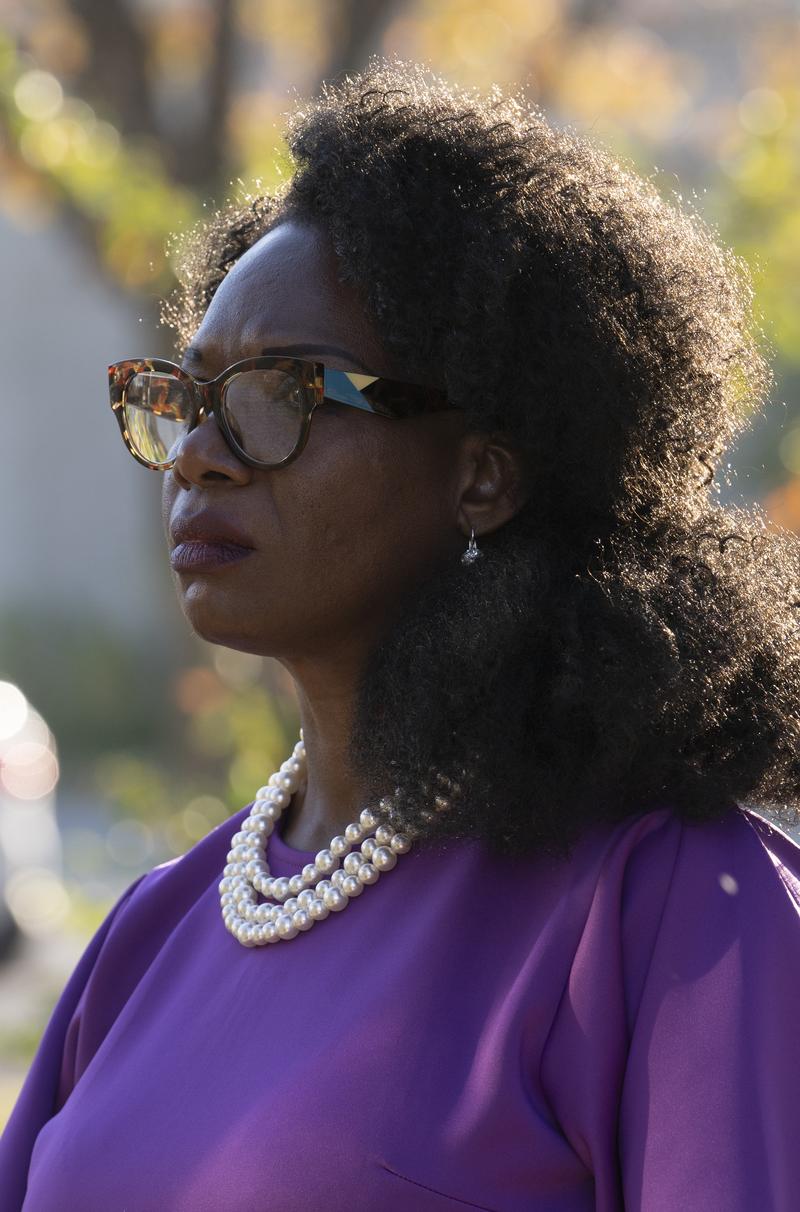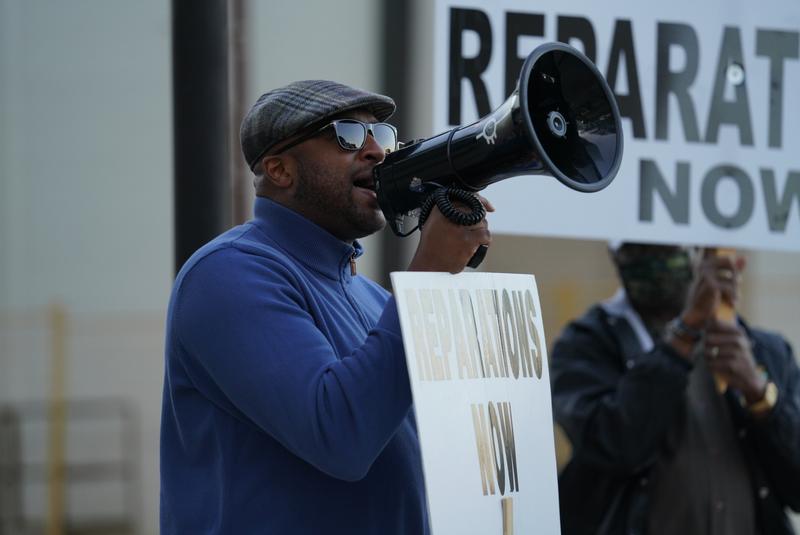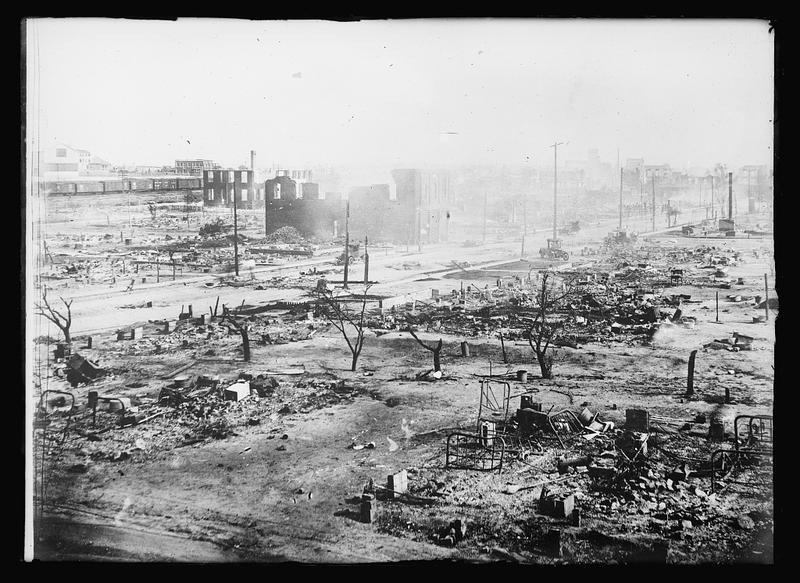Anticipating the centennial of the Tulsa race riots and massacre in 1921, Dawn Porter wanted to do more that remember that criminally ignored chapter in American history. The resulting documentary, RISE AGAIN: TULSA AND THE RED SUMMER, recounts a part of our history that had, similarly, been ignored by all but the survivors, and their descendants who became the keepers of an oral history that refused to be erased.

DeNeen Brown (National Geographic/Christopher Creese)
Our guide is DeNeen Brown, a veteran reporter at the Washington Post who has made it her mission to record the history of the black experience in the United States, including the only meeting between Martin Luther King and Malcolm X in 1964. She is also took to heart her newspaper’s motto to comfort the afflicted and afflict the comfortable. In the course of her journey, the Tulsa massacre is put into the perspective of a continuum, not a jarring aberration. The anger created among white supremacists towards a black population making economic and social progress after the Civil War are charted. Starting with a race riot in St. Louis in 1917 when white mobs randomly slaughtered African Americans, and then building to the massacre in Elaine, AK that went on for days, and the moment when a convention of the Sons of the Confederacy, meeting in Tulsa, berated the white men of that city for allowing the prosperity of the black community in the Greenwood district.
The expected clips of D.W. Griffith’s 1915 celebration of the Ku Klux Klan BIRTH OF A NATION are used to illustrate salient points about the struggle for equality such as the impact of black soldiers from WWI, and the raised consciousness that serving even in a segregated military engendered. By the time of the Red Summer in 2019, dubbed thus by James Weldon Johnson of the NAACP, it only took a rumor of a black man affronting the “honor” of a white woman to provoke a race riot, the details of which are described in horrifying details of the brutal murders of African Americans. Brown analyzes the headlines of the times, that inflamed public opinion, and Porter contrasts them with recent stories, including the infamous video of a white woman calling the police claiming that a black man in Central Park was threatening her life after he told her she needed to leash her dog. She also talks about Ida B. Wells, an African-American reporter who risked her own life to bring the real story to the African-American press.

Rev. Robert Turner (National Geographic/Christopher Creese)
We are introduced to the survivors of several of those massacres and their children and grandchildren, literal and cultural, who have channeled their anger into action. Rev. Robert Turner, of the historic Vernon AME Church, an unassuming, yet charismatic, man who came to Tulsa to be a pastor, and became an activist protesting for reparations at City Hall every Wednesday. For this Porter uses the framework of the search for the remains of those massacres who were dumped into mass graves. It’s also a framework for juxtaposing attitudes of the past with those of the present, and the difficulties of finding reconciliation. No better example is that of Mayor G.T. Bynum, and white man whose family has been active in Tulsa politics for generations. Once he learned about the massacre, he spearheaded the movement to find those graves, and to acknowledge what happened in his city. Yet his plans for reparations are at odds with those of the African-American community.

An archival image shows some of the destruction caused during the 1921 Tulsa Race Massacre. (Library of Congress)
The testimonies of survivors in RISE AGAIN: TULSA AND THE RED SUMMER are heartbreaking and infuriating, as they should be. Porter does more than record the history, she presents a searing and trenchant portrait of a country still struggling with the legacy of slavery. Never strident, never glib, this is a compelling film that is unflinching in what it wants to say about the past and the present.
Your Thoughts?